introduction
With the advancement of Industry 4.0 and smart manufacturing, Internet of Things (IoT) technology has gradually become the core driving force for the transformation of the manufacturing industry. As an important equipment in the manufacturing industry, the slitting machine can achieve a more efficient, intelligent and flexible production mode through the integration of Internet of Things technology. This article will discuss the application scenarios, technical advantages and future development directions of the integration of slitter and Internet of Things technology.
First, application scenarios for the integration of slitting machine and Internet of Things technology
1. Real-time monitoring and remote control
◦ Application scenario: Through the Internet of Things technology, the running status, cutting parameters, equipment health status and other data of the slitter can be uploaded to the cloud in real time, and the operator can remotely monitor and control the equipment through mobile phones, tablets or computers.
◦ Case: In a large manufacturing plant, managers can monitor the operation status of multiple slitting machines in real time through the central control room and adjust the production plan in time.
2. Predictive maintenance
◦ Application scenario: IoT sensors can collect real-time data such as vibration, temperature, and current of the slitting machine, analyze the operation trend of the equipment in combination with AI algorithms, predict potential failures, and issue maintenance alarms in advance.
◦ Case study: A film manufacturing company uses IoT technology to achieve predictive maintenance of slitting machines, reducing equipment downtime and improving production efficiency.

3. Production data optimization
◦ Application scenario: IoT technology can record the historical production data of the slitting machine, including cutting speed, material utilization, energy consumption, etc., and optimize cutting parameters through big data analysis to improve production efficiency and product quality.
◦ Case study: A packaging material manufacturer reduced material waste by 15% by analyzing IoT data to optimize the cutting parameters of the slitter.
4. Intelligent scheduling and collaborative production
◦ Application scenario: The slitting machine realizes data interconnection with other equipment in the factory (such as coil unwinder, winder, packaging machine, etc.) through Internet of Things technology to form an intelligent production line and realize automatic scheduling and collaborative production.
◦ Example: In a flexible manufacturing system, the slitter can automatically adjust the cutting plan according to the order demand, and cooperate with other equipment to complete the production task.
5. Quality control and traceability
◦ Application scenario: IoT technology can record the cutting parameters and quality data of each batch of products to achieve full traceability. If there is a quality problem, the source of the problem can be quickly located.
◦ Case study: An electronic materials manufacturer uses IoT technology to realize the full traceability of the lithium battery separator cutting process, ensuring product consistency and reliability.
Second, the technical advantages of the integration of slitting machine and Internet of Things technology
1. Improve production efficiency
◦ Through real-time monitoring and intelligent scheduling, the slitter can maximize the use of production resources, reduce downtime, and improve production efficiency.
2. Reduce operating costs
◦ Predictive maintenance reduces equipment failures and repair costs, while reducing material waste and energy consumption by optimizing cutting parameters.

3. Improve product quality
◦ IoT technology enables precise control of the cutting process, ensuring product consistency and high quality.
4. Enhance production flexibility
◦ The slitting machine can quickly adjust the cutting plan according to the order demand, and adapt to the production mode of multiple varieties and small batches.
5. Enable data-driven decision-making
◦ Through big data analysis, companies can better understand equipment performance and production trends, and provide a scientific basis for decision-making.
Third, the key technology of the integration of slitting machine and Internet of Things technology
1. Sensor technology
◦ Install high-precision sensors on the slitting machine to collect equipment operation data (such as temperature, vibration, tension, etc.) in real time.
2. Communication technology
◦ 5G, Wi-Fi, Industrial Ethernet and other communication technologies are used to ensure high-speed transmission and real-time data.
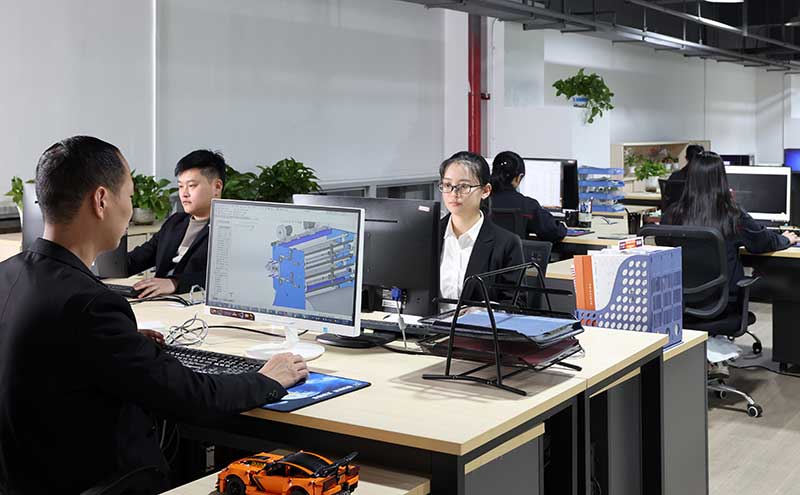
3. Cloud computing and edge computing
◦ Leverage cloud computing for big data storage and analysis, while enabling real-time data processing and response through edge computing.
4. Artificial Intelligence and Machine Learning
◦ AI algorithm analyzes equipment data, optimizes cutting parameters, predicts equipment failures, and realizes intelligent control.
5. Data Security and Privacy Protection
◦ Encryption technology and access control mechanisms are used to ensure the security and privacy of production data.
Fourth, the future development direction
1. The whole process is intelligent
◦ The slitting machine will be deeply integrated with other equipment of the factory to form a full-process intelligent production line from raw materials to finished products.
2. Digital twin technology
◦ Through digital twin technology, the operating status of the slitter is simulated in a virtual environment to optimize equipment design and production processes.
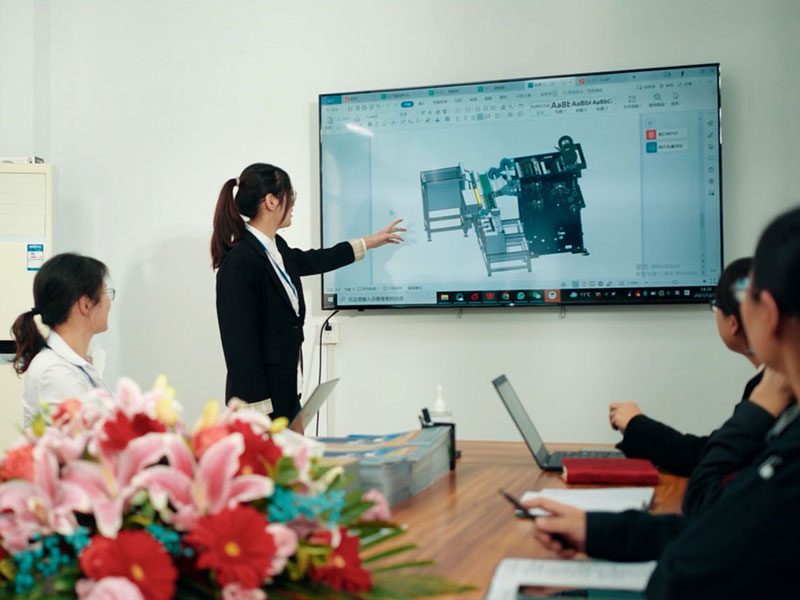
3. Green manufacturing
◦ Combined with the Internet of Things technology, the slitting machine will pay more attention to energy conservation and environmental protection, and achieve green manufacturing by optimizing energy consumption and reducing material waste.
4. Human-robot collaboration
◦ The slitter will pay more attention to human-computer interaction, providing an intuitive operation interface and fault diagnosis support through AR/VR technology.
5. Industry-specific solutions
◦ Develop customized IoT slitting machine solutions for the needs of different industries to meet the special requirements of electronics, medical, aerospace and other fields.
conclusion
The integration of slitting machine and Internet of Things technology is an important direction for the intelligent transformation of the manufacturing industry. Through real-time monitoring, predictive maintenance, data optimization, and intelligent scheduling, slitters can not only improve production efficiency and product quality, but also reduce operating costs and enhance production flexibility. In the future, with the continuous advancement of technology, slitting machines will play an important role in more fields and promote the development of manufacturing in a more efficient, smarter and greener direction.
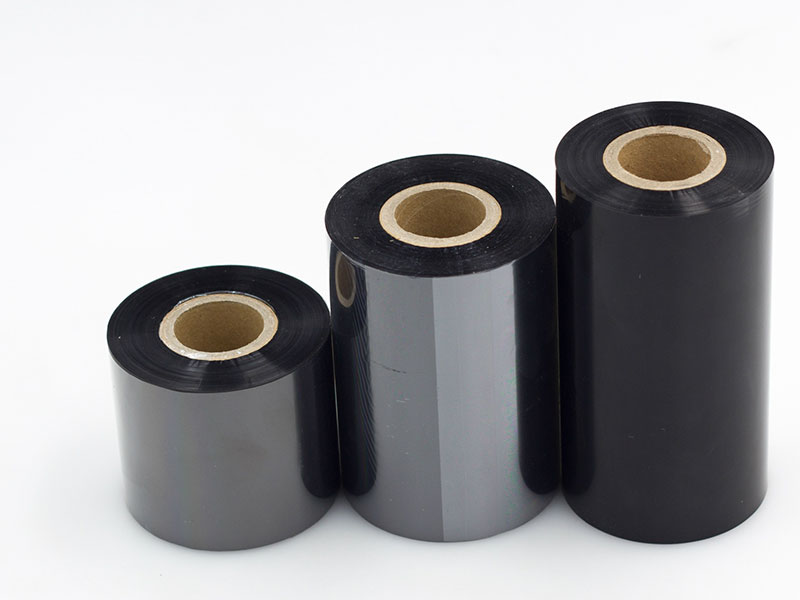
not just a tool for production, but a gatekeeper of quality, signing an unspoken guarantee of quality with its reliability.
12. December, 2025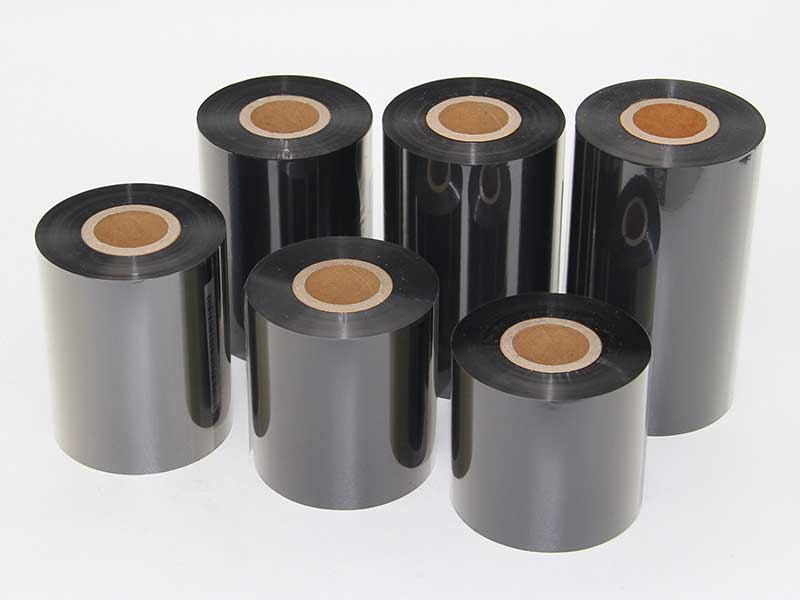
Its evolutionary trajectory clearly points to two dimensions: rock-solid reliability and smooth flow of water
12. December, 2025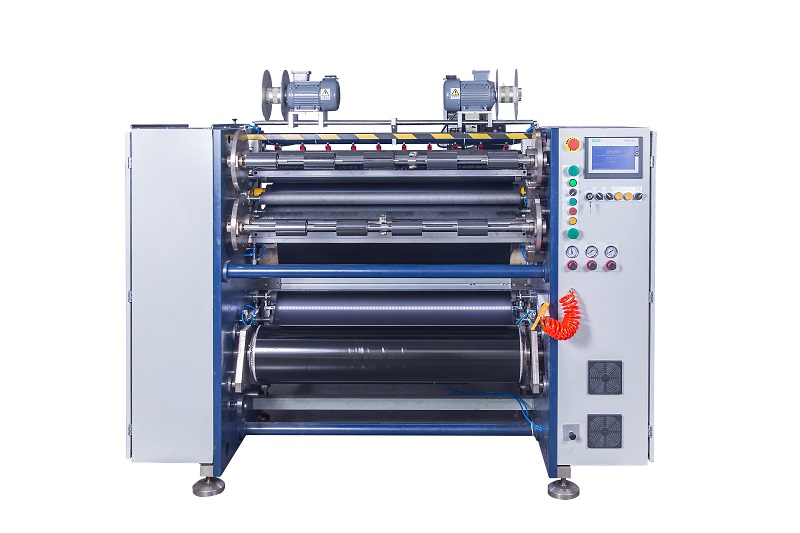
Behind the low failure rate of ribbon slitting machine is the result of the cross-integration of materials science, mechanical engineering, control theory and information technology.
12. December, 2025
how to choose a ribbon slitting machine that suits your needs? This article will give you a detailed analysis to help you grasp the core points in the purchasing process.
11. December, 2025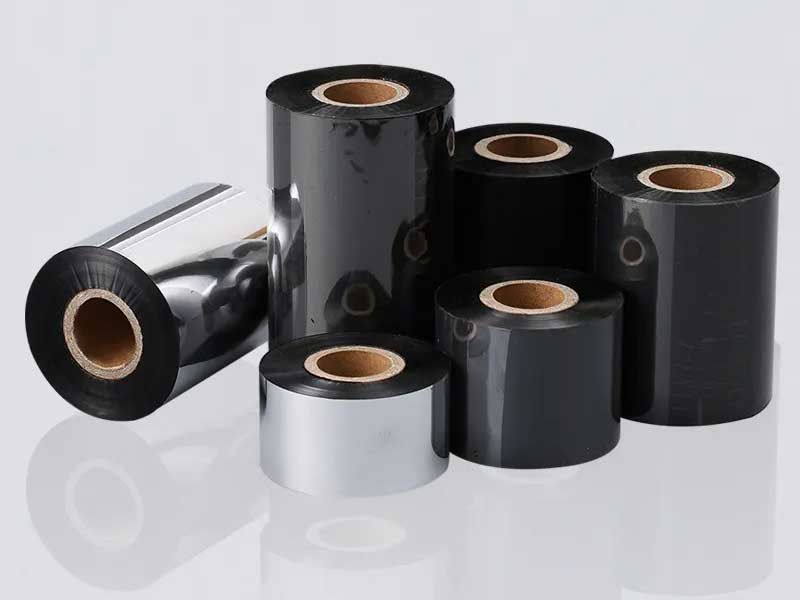
So, is the ribbon slitting machine easy to operate? Let's uncover the secrets of its convenient design together.
11. December, 2025